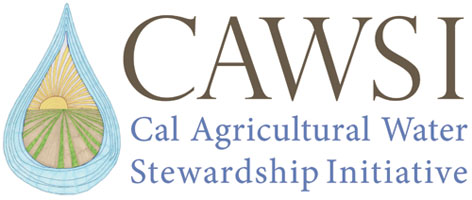An ancient drought-friendly farming process could become the next organics
Quartz | 10/16/16
By Renuka Rayasam
In 2008, when Brice Jones decided to stop irrigating his grapevines, California was in the middle of a drought. Jones, however, wasn’t thinking about water conservation. He was thinking about making California pinot noir that would rival French burgundy.
Jones had been in the winemaking business in California for decades and like most wine makers in the state, had never questioned the need to add extra water to his vineyards to compensate for the lack of summer rain. But when he began discussing how to establish an irrigation system in his new project, Emeritus Winery, set on an apple orchard in the Russian River Valley, his then business partner, from France, was aghast and suggested that he dry farm his grapes.
